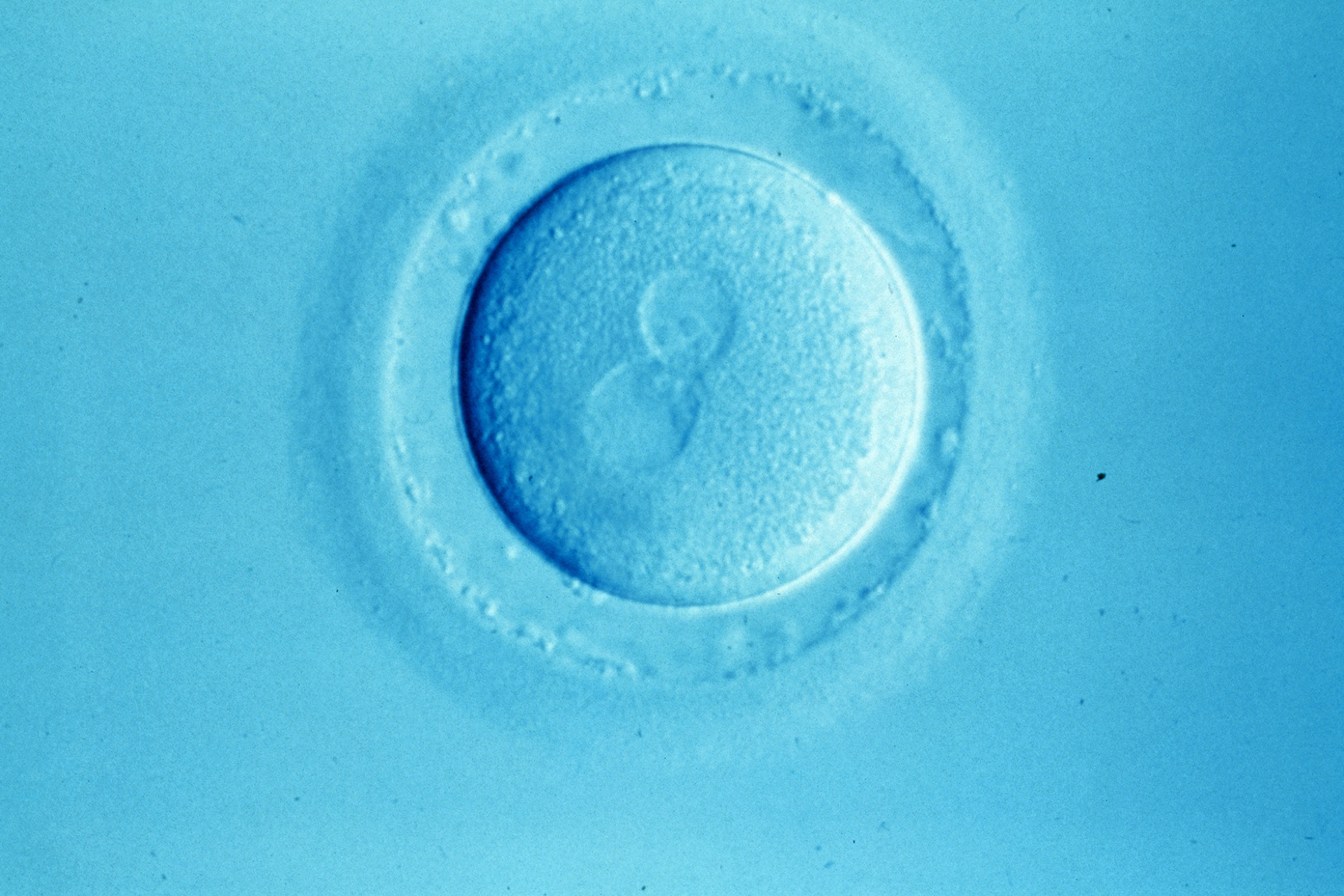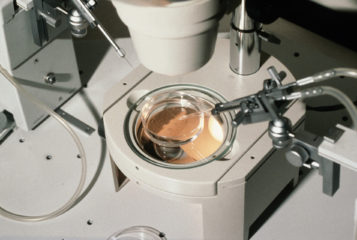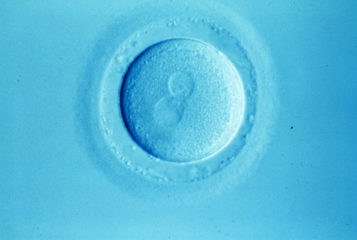A quick Google search for 'egg timer home test' makes you think that an anti-Müllerian hormone (AMH) test is what you need if you want to know about your fertility and your chance of having a baby. There are plenty of websites with origins in many different countries around the world that sell direct-to-consumer hormone tests, including AMH test kits. The only problem is, a woman's level of AMH does not reliably predict her likelihood of conceiving or how long it would take to get pregnant!
AMH is produced by the granulosa cells in the ovarian follicles and the level of AMH in the blood reflects the number of follicles in the ovaries. Higher levels mean more eggs are present, which theoretically means a higher fertility potential. But the test does not provide information about the quality of the eggs, which mostly depends on a woman's age, and evidence published in Frontiers in Endocrinology has shown that AMH levels are a poor predictor of current and future fertility for an individual woman. While AMH testing is useful in the context of infertility treatment, where it gives an indication of the number of eggs that can be retrieved in a stimulated cycle for IVF or egg freezing, it's not a reliable measure of natural fertility.
The age someone has their first child has been increasing in the last few decades and is now around 30 years for women and two to three years older for men in high-income countries. There are many reasons for this, including access to reliable contraception, increases in women's education and workforce participation, value changes, partnership changes, economic uncertainty, and the absence of supportive family policies.
Coupled with this trend is the undeniable biological fact that fertility declines with age, slowly up to about age 35 and more rapidly after. Pregnancies among women in their 40s are rare and many end in miscarriage. Most women in their 30s who want children at some stage, are acutely aware of this ticking biological clock and worry about their fertility.
Enter AMH testing and the fierce advertising of it on social media, fertility clinic websites, and direct-to-consumer websites. Marketed as an empowering way to give women insights about their fertility and help them decide when to have a baby, even if they aren't thinking of having one any time soon, the language used to promote AMH testing is seductive. For example, 'Whether you want kids today or years from now, we empower you to be proactive about your fertility… So you can plan a future on your own terms'.
The portrayal of the use of the test on direct-to-consumer websites is deceitful. With statements like '… AMH can be measured using a simple blood test that helps us understand your level of fertility health relative to the average for your age', 'Check your level of AMH to get an idea of your egg count (ovarian reserve) with our at-home finger-prick blood test' and 'AMH has the "narrator's role" in telling your fertility story, as it gives you an indication of how many eggs you have' you would be forgiven to believe that this test can tell you how fertile you are.
This kind of misleading advertising has the potential to influence women's reproductive planning and decisions. A woman with a higher-than-average AMH level for her age might get a false sense of security about postponing childbearing. Conversely, statements like '… if your AMH levels are low, it could mean that you have low egg supply and potentially low fertility' imply that knowing this gives a woman advance warning of waning fertility and the opportunity to take proactive steps, including to preserve her fertility by freezing her eggs. Considering the lack of evidence (as shown by results published in the Journal of the American Medical Association) that AMH levels predict fertility and chance of conception in women without a history of infertility, encouraging women to freeze their eggs based on an AMH result is deceptive.
AMH home tests are also expensive, up to US $200 on some websites, and research shows the test is not reliable when taking the oral contraceptive pill and can give false high readings for women with polycystic ovary syndrome. Furthermore, when bought online and performed at home, there are no opportunities for discussion of the test's limitations before testing or for counselling when the test results are received.
In most countries there is no regulation safeguarding consumers using direct-to-consumer laboratory testing which means that there is little stopping companies from making unsubstantiated claims about the use of tests. This is evident in the case of AMH tests for which advertising clearly promises more than can be delivered. Regulation of AMH test marketing and advertising is urgently needed.
We also need public education about the biological reality that age is the biggest predictor of a woman's fertility and about the lack of use of AMH testing for women who are not having fertility treatment to avoid women making childbearing decisions based on a flawed test. To that end it is encouraging to see that national and international initiatives that promote evidence-based information about fertility and the factors that affect the chance of pregnancy are emerging.
To make the best reproductive decisions they can considering their circumstances, women need and deserve accessible, independent and evidence-based information which is not influenced by commercial interests.





Leave a Reply
You must be logged in to post a comment.